Backa - Bohuslän
In July, 1935, the head of RuSHA (SS-Rasse- und siedlungshauptamt), SS race and relocation department, held a meeting in Berlin that resulted in the founding of Ahnenerbe, the Studiengesellschaft fuer Geistesurgeschichte, Deutsches Ahnenerbe. This became an organization within the SS with purpose of conducting anthropological and cultural research on the origins of Germanic people. Its head became Herman Wirth, a self-taught Dutch-born historian who embraced the Nazi racial theories and found of the origins of the prehistoric Nordic peoples. In order to prove and search for the origin of the Germanic (aryan) people, Ahnenerbe conducted several research expeditions to different parts of the world, including Swedish county of Bohuslän. In 1936, Wirth showed pictures of petroglyphs from Backa, Bohuslän. Wirth believed that petroglyphs were the origin of a prehistoric Nordic language. Wirth considered this to be something that should be explored more closely and suggested an expedition. Himmler agreed, but instead appointed Wolfram Sievers as the leader of the expedition. The expedition lasted for three months and included a number of countries, not just Sweden and Backa. The reason Sievers was appointed expedition leader was because Wirth was a man with a bad mind for money. Many of the Ahnenerbe expeditions were not state-funded and had to be financed from SS own resources.
Current status: Preserved (2014).
Location: 58°24' 08.82" N 11°29' 25.19" E
Get there: Car.
Follow up in books: Pringle, Heather: The Master Plan: Himmler’s Scholars and the Holocaust (2006).
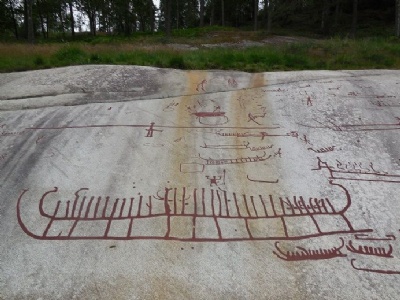
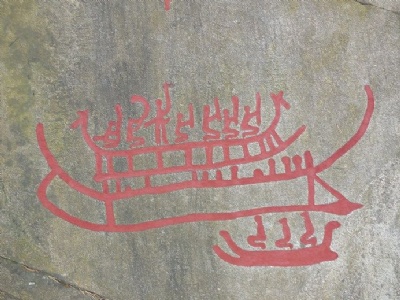
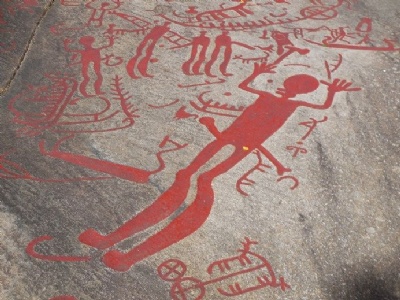
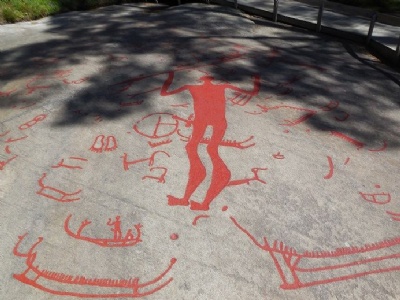
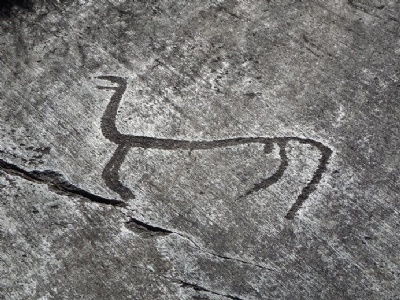
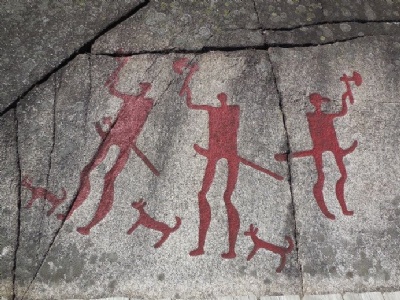
The petroglyphs in Backa and Bohuslän originate from the Bronze Age, about 2500 – 3000 years ago, and the petroglyphs in Tanumshede are on the world heritage list (UNESCO). In Tanumshede lies Vitlycke museum with an interesting exhibition about petroglyphs and the bronze age, nearby there are also a number of famous rock outcrops (Vitlycke, Fossum, Aspeberget and Litsleby) with petroglyphs. In Nazi racial ideology, the Nordic region had a prominent place, it was there that the Aryan race was considered to be the purest, most developed and most refined. It was therefore no wonder that the Nazi race researchers made an effort to find a link between the petroglyphs and the Aryan race, but no such link exists. Some prehistoric Nordic language is not to be fined, the petroglyphs are depictions of what was important in the lives of those who carved them. Whether the Nazi expedition covered more places than Backa in Bohuslän, I don’t know. There is nothing at the museum in Vitlycke that mentions the Nazi interest in the petroglyphs.